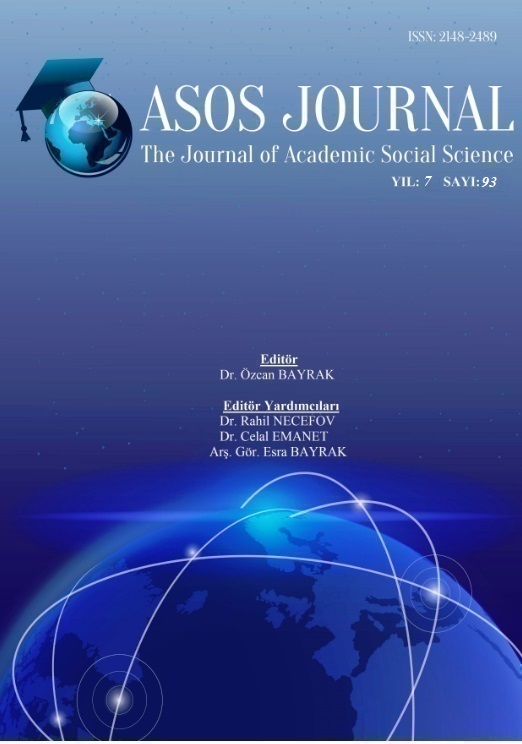Author :
Abstract
İşletmelerin, varlıklarını sürdürebilmeleri için yönetim araçlarına ihtiyaçları vardır. Altı Sigma yöntemi, özellikle son yıllarda en önemli yönetim aracı olarak değerlendirilmektedir. Çünkü bu yöntem, elde edilen başarının sürdürülebilir olması adına kullanılabilecek en kapsamlı ve en etkin yöntem konumundadır. Üretim sektöründe geniş bir uygulama alanına sahip olan Altı Sigma yöntemi, hizmet sektöründe de uygulanmaya başlamış ve pek çok önemli firma için yönetim anlayışının önemli bir parçası haline gelmiştir. Altı Sigma, süreçlerde ya da ürünlerde oluşabilecek hataları ortadan kaldırmayı hedefleyen; istatistik tabanlı ve veri odaklı bir yaklaşımdır. Bu çalışmada, Altı Sigma yönteminin altyapısı ve özellikleri ile birlikte, Altı Sigma felsefesinin yapı taşları olan istatistiksel uygulama araçları ve teknikleri açıklanmıştır.
Keywords
Abstract
Businesses need management tools to sustain their assets. Six Sigma method is considered as the most important management tool, especially in recent years. Because this method is the most comprehensive and effective method for sustaining the success achieved. Having a wide application area in the manufacturing sector, Six Sigma method also started its practices at service sector and it became an important part of the management perception for many important company. Six Sigma is a statistical-based and data-driven approach for eliminating defects in a process or product. In this study, the substructure and characteristics of Six Sigma management are explained together with statistical tools and techniques which are the building blocks of Six Sigma philosophy.





